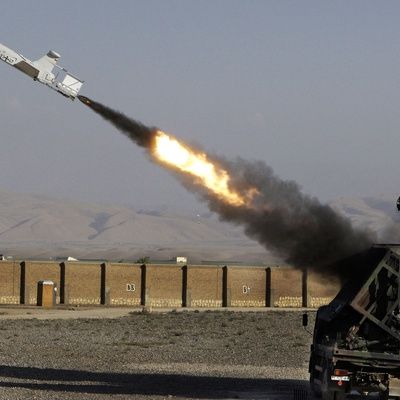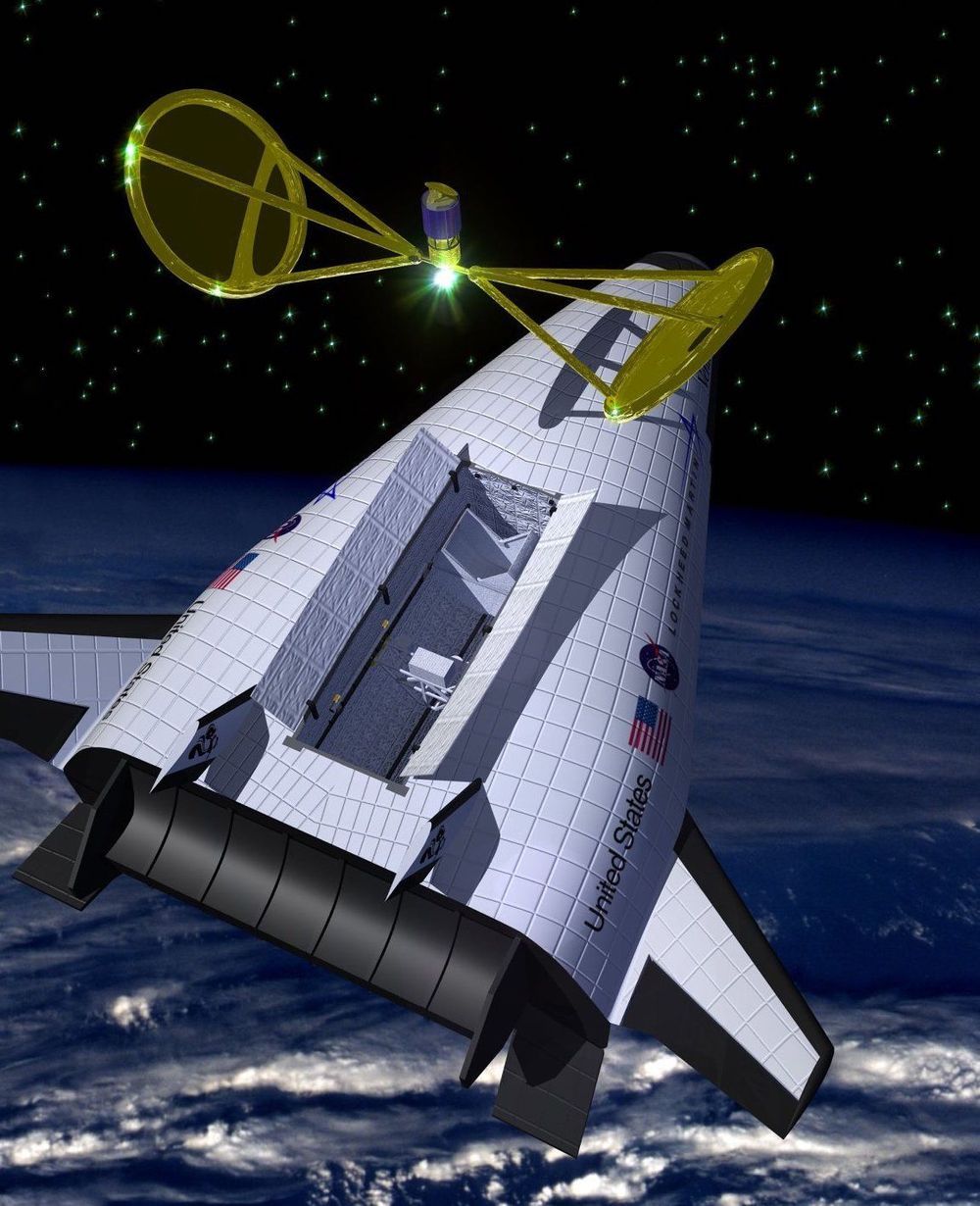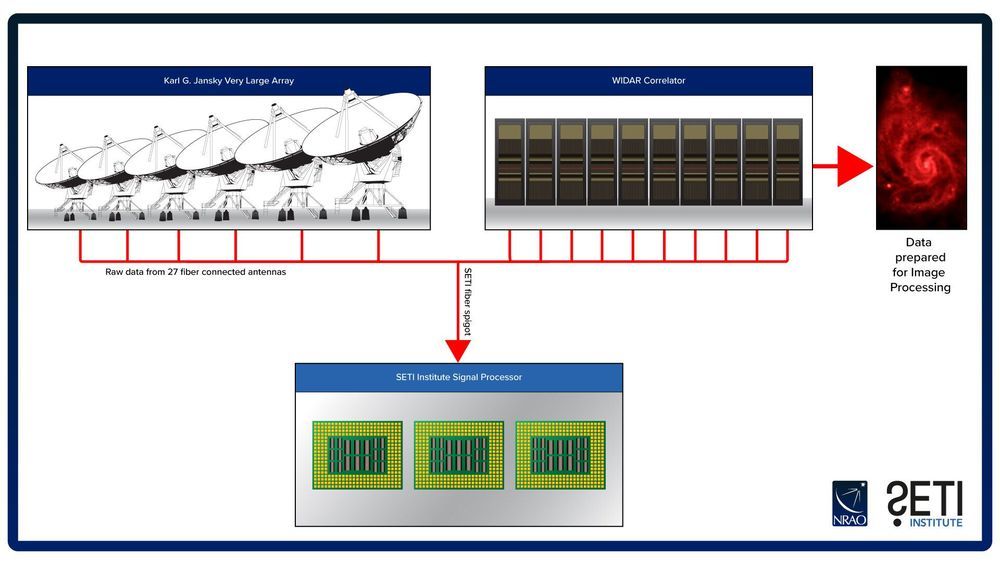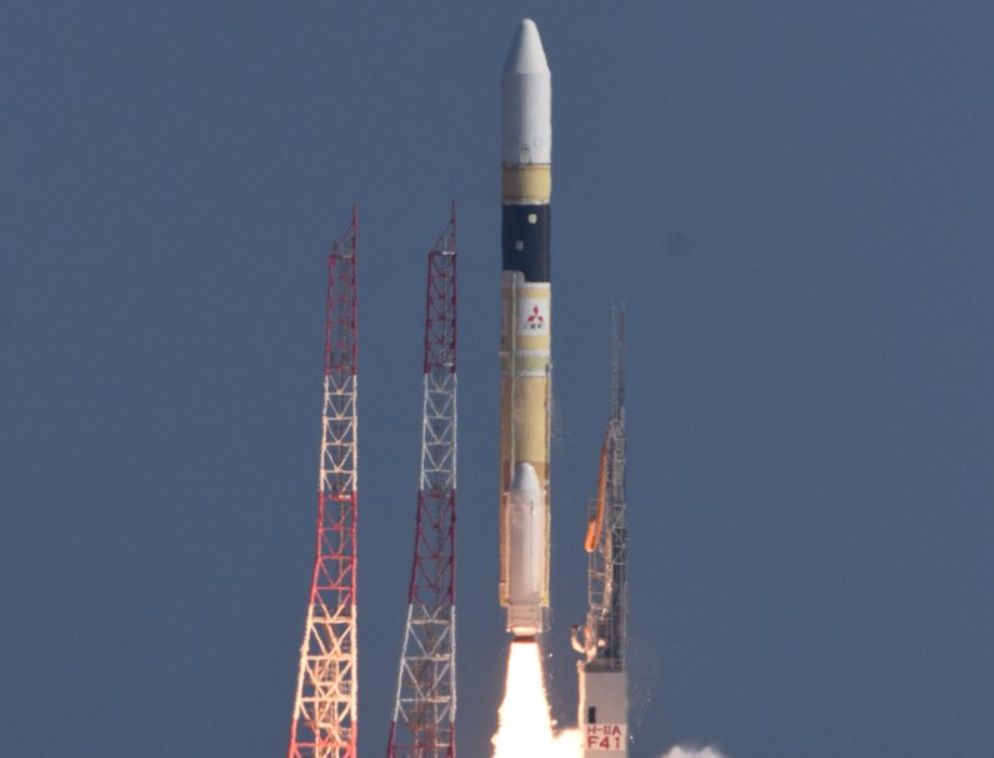Feb 19, 2020
Pentagon to Adopt Detailed Principles for Using AI
Posted by Mike Diverde in categories: government, military, policy, robotics/AI
I am not naive — I’ve worked as an aerospace engineer for 35 years — I realize that PR can differ from reality. However, this indication gives me some hope:
“The draft recommendations emphasized human control of AI systems. “Human beings should exercise appropriate levels of judgment and remain responsible for the development, deployment, use, and outcomes of DoD AI systems,” it reads.”
This is far from a Ban on Killer Robots, however, given how many advances are being overturned in the US federal government (example: the US will now use landmines, after over 30 years of not employing them in war), this is somewhat encouraging.
Continue reading “Pentagon to Adopt Detailed Principles for Using AI” »

















